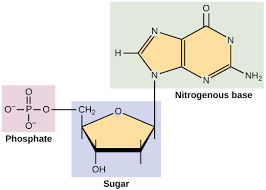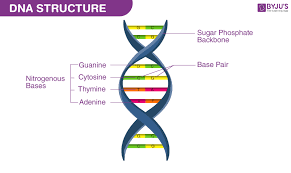Topic 4: Biological Molecules
1/17
There's no tags or description
Looks like no tags are added yet.
Name | Mastery | Learn | Test | Matching | Spaced |
|---|
No study sessions yet.
18 Terms
What are the elements that make up carbohydrates?
Carbon, Hydrogen, Oxygen
What are the chemical elements that make up proteins?
Carbon, Hydrogen, Oxygen, Nitrogen, and sometimes Sulfur
What are the chemical elements that make up fats/lipids?
Carbon, Hydrogen, Oxygen,
Many glucose molecules make up?
Starch, glycogen, and cellulose
Long chains of amino acids form?
Proteins
Combined fatty acids and glycerol form?
Fats and oils (lipids)
What is the test for Starch?
The sample is treated with iodine solution.
Present: Blue-black
Absent: Orange-Yellow/Brown
What is the test for Proteins?
The sample is treated with biuret solution.
Present: Lilac/Purple
Absent: Blue
What is the test for Reducing Sugars?
The sample is treated with Benedicts Solution. Add Benedict's solution into sample solution in test tube. Heat at 80°C in water bath for 5 minutes.
Present: Green to Yellow to Orange to Brown to Brick Red
Absent: Blue
What is the test for Lipids?
Mix the sample with ethanol, then add water.
Present: Cloudy Milky White
Absent: Clear
What is the test for Vitamin C?
The sample is treated with DCPIP solution.
Present: Clear
Absent: Dark Blue

Nucleic acids are made up of three parts. What are they?
Phosphate Group, Nitrogenous Base, Deoxyribose Sugar
What is nitrogenous base made of?
Adenine (A), Thymine (T), Guanine (G), Cytosine (C)

What is the structure of DNA?
It consists of two strands coiled together to form a double helix. Each strand contains chemicals called bases. The two strands are held together by bonds between pairs of bases, and these bases always pair in the same way: adenine (A) pairs with thymine (T), and cytosine (C) pairs with guanine (G).
Define a complementary base pairing.
The way which the bases of two strands of DNA pair up; A always pairs with T, and C with G.
Fully describe the biological molecule of the nutrient, Carbohydrate.
Elements: C, H, O
Enzyme: Amylase
Products of Digestion: Glucose
Fully describe the biological molecule of the nutrient, Protein.
Element: C, H, O, N, S
Enzyme: Protease
Product of Digestion: Amino Acids
Fully describe the biological molecule of the nutrient, Lipids/Fats
Element: C, H, O
Enzyme: Lipase
Products of Digestion: Fatty Acids & Glycerol